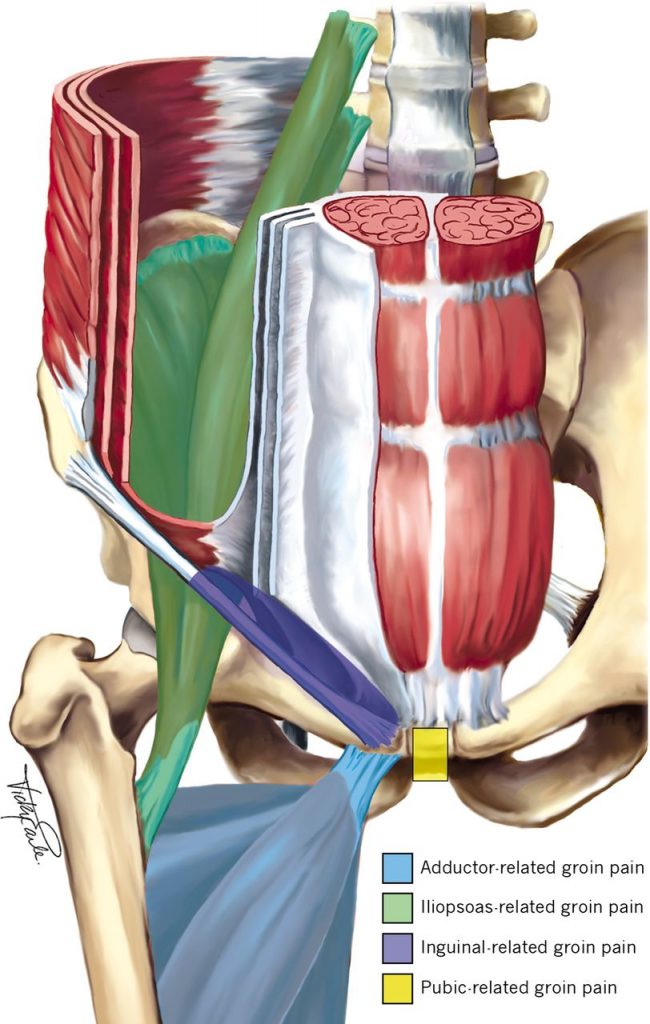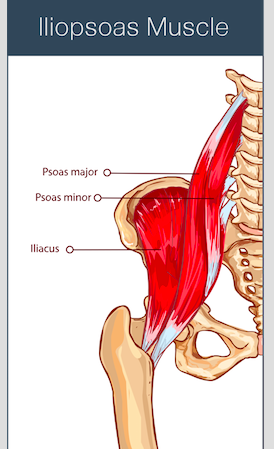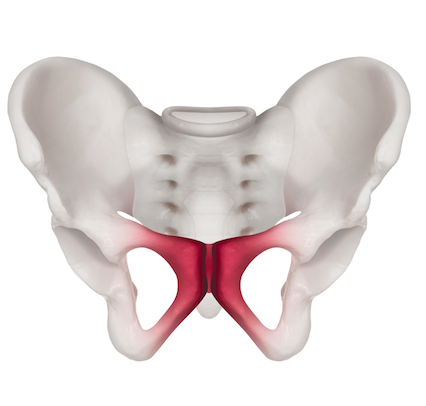Groin pain in athletes

Groin injuries pose a significant problem amongst the sporting population particularly in multidirectional sports such as Gaelic football, hurling, soccer and hockey. Research in male and female club football highlighting that groin injuries can account for up to 19% of all injuries sustained.
Traditionally, groin pain has been recognised as one of the more challenging conditions to diagnose and manage. This is because there are numerous anatomical structures and potential causes of pain in this area. Confusingly up to 33 different diagnostic labels have been used by healthcare practitioners to describe pain and injury in this area! Research has also highlighted that often the same term is interpreted by practitioners in a number of different ways. Naturally, it can therefore be difficult for an athlete to identify whether they have “Gilmore’s groin”, “osteitis pubis” or a “sportsman’s hernia”, and confusing for them to decide what such a label might mean for their recovery.
The Doha agreement
The Doha agreement (2015) brought together a group of international experts in the management of groin pain with the aim to resolve the increasing confusion in this area. They synthesised the current evidence and agreed on precise and consistent terminology to describe groin pain in athletes. The panel of experts reached a consensus and groin pain can now be categorised into a number of different subgroups based on the history and physical examination of the athlete.

Weir A, Brukner P, Delahunt E, et al
Doha agreement meeting on terminology and definitions in groin pain in athletes
British Journal of Sports Medicine 2015;49:768-774
Adductor-related groin pain
Adductor-related groin pain refers to pain originating from any of the adductor muscles, namely the adductor longus, magnus and brevis. In simple terms, this may be referred to an adductor or groin strain. Acute adductor injuries often occur during kicking and change of direction activities, but can also be related to accumulated overload. A trained clinician such as a chartered physiotherapist can identify adductor-related groin pain during the clinical examination by determining whether the adductor muscles are tender to palpate or by identifying whether strength testing of these muscles reproduces the athletes’ familiar pain.
Iliopsoas-related groin pain
The Iliopsoas muscle is located at the front of the hip. Iliposoas-related groin pain, therefore, will typically present with any movement where the knee moves towards the chest. It can also present when stretching the muscles at the front of the hip. Much like adductor-related groin pain, acute pain may be brought about as a result of kicking, sprinting or change of direction activities, but more persistent pain in this area may also be attributed to overuse.

Inguinal-related groin pain
Inguinal-related groin pain will typically present as pain and tenderness in the inguinal canal region. This is the area at the front of the pelvis running between the genitalia and the front of the hip. A key indicator of inguinal-related groin pain is pain when the abdominal muscles are engaged, for example when doing a sit-up, or when coughing or sneezing.
Pubic-related groin pain
Pubic-related groin pain can be slightly more difficult to identify but generally presents as local tenderness of the pubic symphysis (the central point where the pelvis joins together at the front and the immediately adjacent bone).

Hip-related groin pain
It is important to remember than pain in the groin region could also stem from the hip joint itself. Your physiotherapist will be able to carry out a series of specific movement and strength tests to help identify whether the hip joint is a cause of your groin pain.
Other causes of groin pain in athletes
It is worth noting that there are many other possible causes for groin pain in athletes. One which falls within a specialist niche of physiotherapy is the role of the pelvic floor. The pelvic floor muscles should not be overlooked particularly if all other rehab is exhausted without success, as pelvic floor muscle dysfunction or overactivity can result in groin pain. These muscles should also be considered if there is any associated pain in the perineum, rectum or genitals and/or if there is any change in bladder, bowel or sexual function. In such circumstances, assessment by a trained pelvic health specialist is encouraged.
Finally, there are numerous other possible reasons for groin pain that may not fall within the realm of physiotherapy. This is why it is important to have it assessed to determine whether onward referral to another specialist is appropriate.
Conclusion
The Doha agreement has been a fantastic contribution to the effective management of groin problems and brings clarity for athletes experiencing groin pain and some positive reassurance that this condition can get better with the correct approach. It is worth noting that recent evidence suggests that non-surgical and surgical interventions have similar return-to-play times. This, combined with the fact that the majority of groin complaints respond favourably to a supervised rehabilitation programme, means that rehabilitation management will generally be recommended as the first line of treatment for athletes dealing with groin pain.
Mark Durcan – chartered physiotherapist specialising in lower limb rehabilitation is an expert in dealing with the entire range of problems that may present as groin pain. He will carry out a detailed clinical assessment and devise a rehabilitation programme tailored to your needs. If required he can ensure a rapid onward referral for investigations or further assessment.
If you would like to book an appointment with Mark Durcan– chartered physiotherapist specialising in lower limb rehabilitation, you can call the clinic on 091 727777 or get in touch via the contactpage.
If you feel that you might be experiencing a pelvic floor-related problem, call for an appointment with Chartered Physiotherapist and Pelvic health specialist Sylvia Farrell at Evidence-Based Therapy Centre today on 091 727777.



